RF and Microwave Wireless Systems. Kai Chang
Copyright # 2000 John Wiley & Sons, Inc.
ISBNs: 0-471-35199-7 (Hardback); 0-471-22432-4 (Electronic)
RF and Microwave
Wireless Systems
�
RF and Microwave
Wireless Systems
KAI CHANG
Texas A&M University
A WILEY-INTERSCIENCE PUBLICATION
JOHN WILEY & SONS, INC.
NEW YORK=CHICHESTER=WEINHEIM=BRISBANE=SINGAPORE=TORONTO
�
Designations used by companies to distinguish their products are often claimed as trademarks. In all
instances where John Wiley & Sons, Inc., is aware of a claim, the product names appear in initial capital or
ALL CAPITAL LETTERS. Readers, however, should contact the appropriate companies for more
complete information regarding trademarks and registration.
Copyright # 2000 by John Wiley & Sons, Inc. All rights reserved.
No part of this publication may be reproduced, stored in a retrieval system or transmitted in any form or by
any means, electronic or mechanical, including uploading, downloading, printing, decompiling, recording
or otherwise, except as permitted under Sections 107 or 108 of the 1976 United States Copyright Act,
without the prior written permission of the Publisher. Requests to the Publisher for permission should be
addressed to the Permissions Department, John Wiley & Sons, Inc., 605 Third Avenue, New York, NY
10158-0012, (212) 850-6011, fax (212) 850-6008, E-Mail: PERMREQ @ WILEY.COM.
This publication is designed to provide accurate and authoritative information in regard to the subject
matter covered. It is sold with the understanding that the publisher is not engaged in rendering professional
services. If professional advice or other expert assistance is required, the services of a competent
professional person should be sought.
ISBN 0-471-22432-4
This title is also available in print as ISBN 0-471-35199-7.
For more information about Wiley products, visit our web site at www.Wiley.com.
�
To my parents and my family
�
Contents
Preface
Acronyms
1 Introduction
1.1 Brief History of RF and Microwave Wireless Systems
1.2 Frequency Spectrums
1.3 Wireless Applications
1.4 A Simple System Example
1.5 Organization of This Book
2 Review of Waves and Transmission Lines
2.1 Introduction
2.2 Wave Propagation
2.3 Transmission Line Equation
2.4 Reflection, Transmission, and Impedance for a Terminated
Transmission Line
2.5 Voltage Standing-Wave Ratio
2.6 Decibels, Insertion Loss, and Return Loss
2.7 Smith Charts
2.8 S-Parameters
2.9 Coaxial Lines
2.10 Microscript Lines
2.11 Waveguides
2.12 Lumped Elements
2.13 Impedance Matching Networks
Problems
References
xi
xiii
1
1
3
6
7
8
10
10
12
17
20
22
27
33
39
41
43
50
54
55
63
65
vii
�
viii
CONTENTS
3 Antenna Systems
3.1 Introduction
3.2 Isotropic Radiator and Plane Waves
3.3 Far-Field Region
3.4 Antenna Analysis
3.5 Antenna Characteristics and Parameters
3.6 Monopole and Dipole Antennas
3.7 Horn Antennas
3.8 Parabolic Dish Antennas
3.9 Microstrip Patch Antennas
3.10 Antenna Arrays and Phased Arrays
3.11 Antenna Measurements
Problems
References
4 Various Components and Their System Parameters
4.1 Introduction and History
4.2 Couplers, Hybrids, and Power Dividers=Combiners
4.3 Resonators, Filters, and Multiplexers
4.4 Isolators and Circulators
4.5 Detectors and Mixers
4.6 Switches, Phase Shifters, and Attenuators
4.7 Oscillators and Amplifiers
4.8 Frequency Multipliers and Dividers
Problems
References
5 Receiver System Parameters
5.1 Typical Receivers
5.2 System Considerations
5.3 Natural Sources of Receiver Noise
5.4 Receiver Noise Figure and Equivalent Noise Temperature
5.5 Compression Points, Minimum Detectable Signal,
and Dynamic Range
5.6 Third-Order Intercept Point and Intermodulation
5.7 Spurious Responses
5.8 Spurious-Free Dynamic Range
Problems
References
6 Transmitter and Oscillator Systems
6.1 Transmitter Parameters
6.2 Transmitter Noise
67
67
69
71
73
74
80
86
88
90
98
104
104
109
111
111
114
118
128
130
134
139
143
145
148
149
149
150
152
154
158
161
166
166
168
171
172
172
173
�
CONTENTS
ix
6.3 Frequency Stability and Spurious Signals
6.4 Frequency Tuning, Output Power, and Efficiency
6.5 Intermodulation
6.6 Crystal Reference Oscillators
6.7 Phase-Locked Oscillators
6.8 Frequency Synthesizers
Problems
References
7 Radar and Sensor Systems
7.1 Introduction and Classifications
7.2 Radar Equation
7.3 Radar Equation Including Pulse Integration and System Losses
7.4 Radar Cross Section
7.5 Pulse Radar
7.6 Continuous-Wave or Doppler Radar
7.7 Frequency-Modulated Continuous-Wave Radar
7.8 Direction Finding and Tracking
7.9 Moving-Target Indication and Pulse Doppler Radar
7.10 Synthetic Aperture Radar
7.11 Practical Radar Examples
Problems
References
8 Wireless Communication Systems
8.1 Introduction
8.2 Friis Transmission Equation
8.3 Space Loss
8.4 Link Equation and Link Budget
8.5 Effective Isotropic Radiated Power and G=T Parameters
8.6 Radio=Microwave Links
8.7 Satellite Communication Systems
8.8 Mobile Communication Systems and Wireless Cellular Phones
8.9 Personal Communication Systems and Satellite Personal
Communication Systems
Problems
References
9 Modulation and Demodulation
9.1 Introduction
9.2 Amplitude Modulation and Demodulation
9.3 Frequency Modulation
9.4 Digital Shift-Keying Modulation
176
177
180
184
186
188
191
194
196
196
198
202
205
209
212
216
222
228
232
233
236
242
243
243
244
247
248
252
254
255
258
262
270
273
274
274
275
279
280
�
x
CONTENTS
9.5 Bit Error Rate and Bandwidth Efficiency
9.6 Sampling and Pulse Code Modulation
Problems
References
10 Multiple-Access Techniques
10.1 Introduction
10.2 Frequency Division Multiple Access and Frequency Division
Multiplexing
10.3 Time Division Multiple Access and Time Division Multiplexing
10.4 Spread Spectrum and Code Division Multiple Access
References
11 Other Wireless Systems
11.1 Radio Navigation and Global Positioning Systems
11.2 Motor Vehicle and Highway Applications
11.3 Direct Broadcast Satellite Systems
11.4 RF Identification Systems
11.5 Remote Sensing Systems and Radiometers
11.6 Surveillance and Electronic Warfare Systems
Problems
References
Index
286
289
292
293
294
294
294
295
298
303
304
304
309
313
313
317
320
328
330
333
�
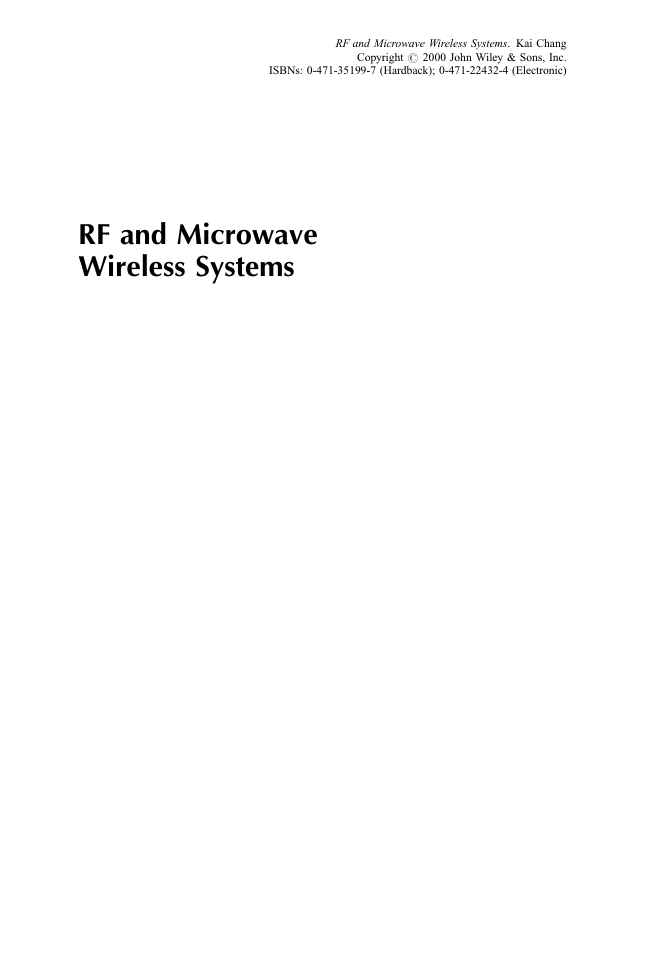
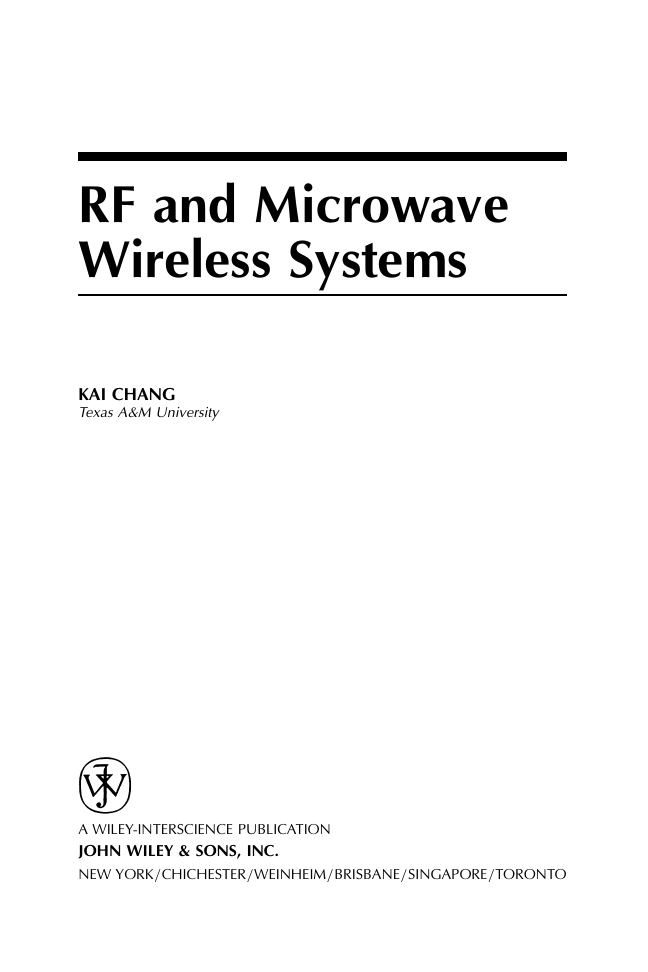
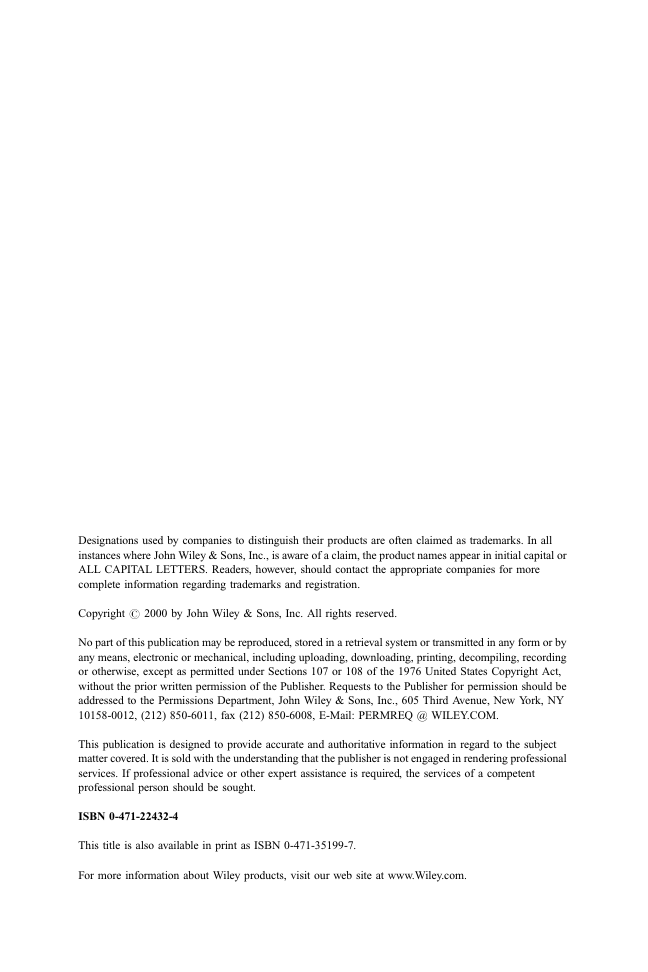

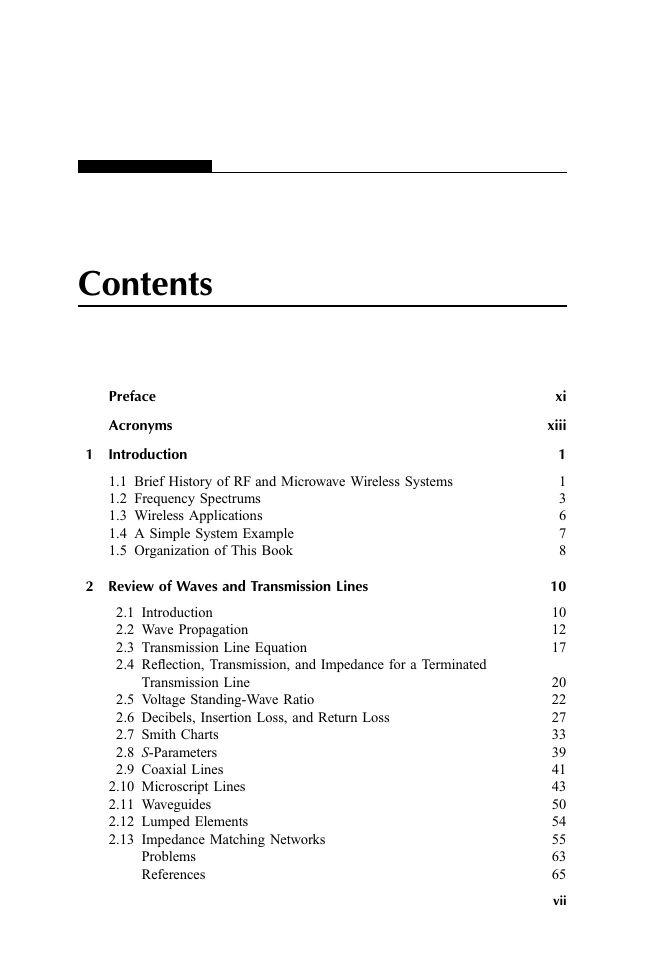
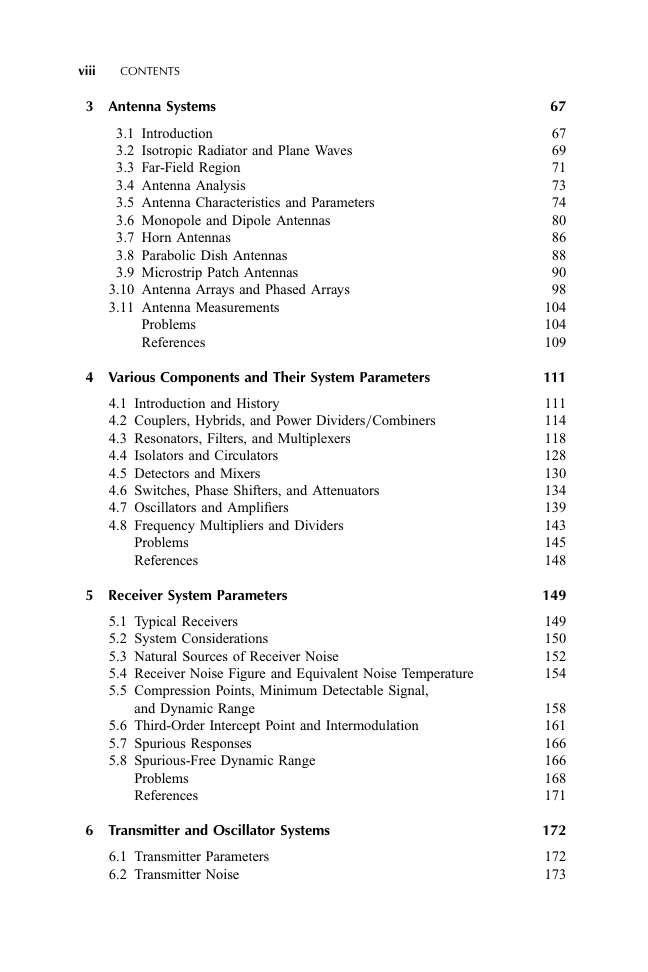
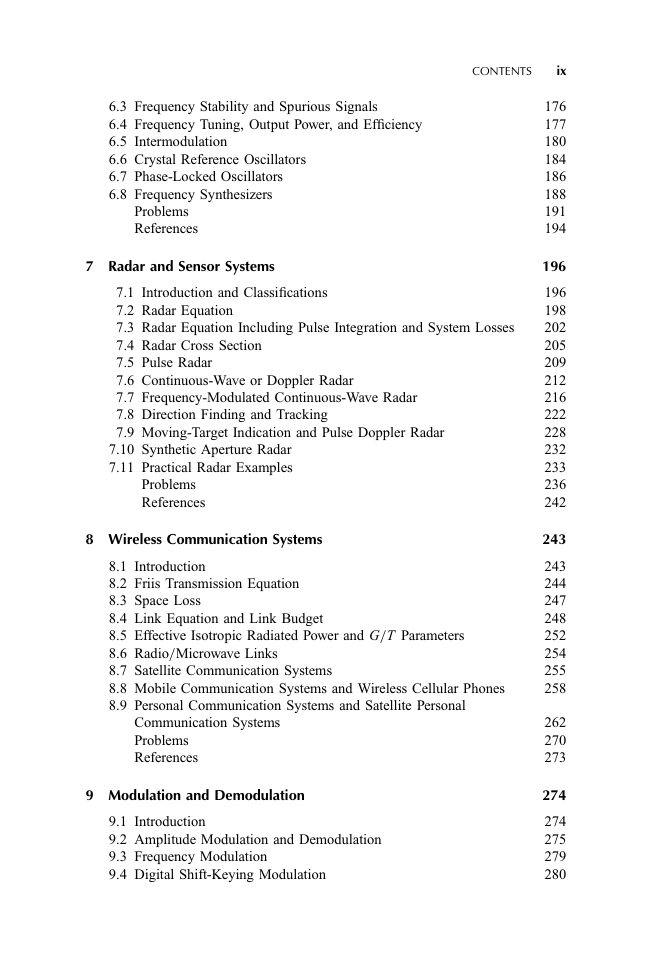
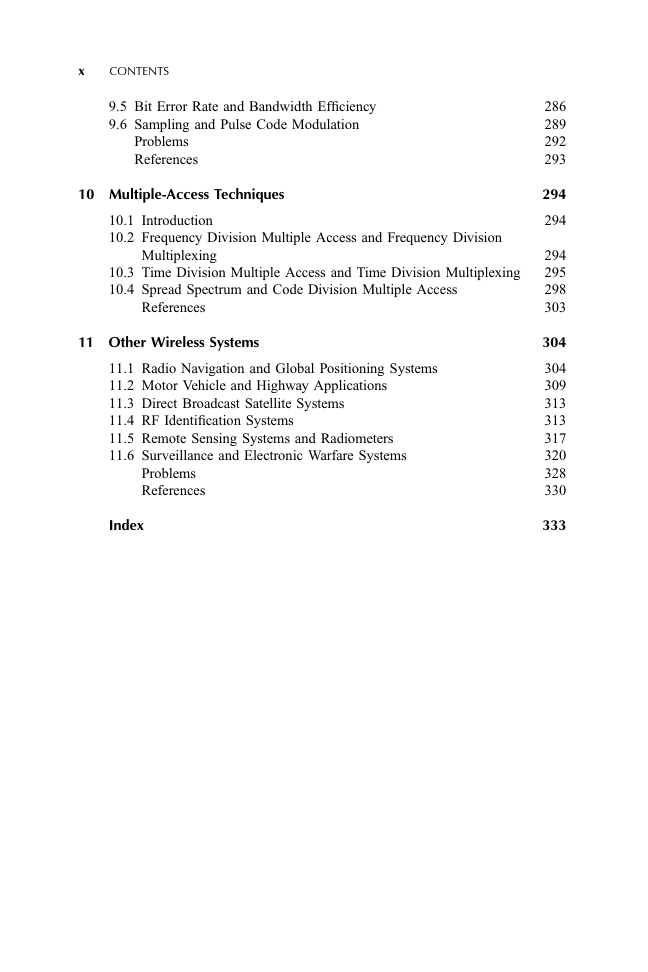








 2023年江西萍乡中考道德与法治真题及答案.doc
2023年江西萍乡中考道德与法治真题及答案.doc 2012年重庆南川中考生物真题及答案.doc
2012年重庆南川中考生物真题及答案.doc 2013年江西师范大学地理学综合及文艺理论基础考研真题.doc
2013年江西师范大学地理学综合及文艺理论基础考研真题.doc 2020年四川甘孜小升初语文真题及答案I卷.doc
2020年四川甘孜小升初语文真题及答案I卷.doc 2020年注册岩土工程师专业基础考试真题及答案.doc
2020年注册岩土工程师专业基础考试真题及答案.doc 2023-2024学年福建省厦门市九年级上学期数学月考试题及答案.doc
2023-2024学年福建省厦门市九年级上学期数学月考试题及答案.doc 2021-2022学年辽宁省沈阳市大东区九年级上学期语文期末试题及答案.doc
2021-2022学年辽宁省沈阳市大东区九年级上学期语文期末试题及答案.doc 2022-2023学年北京东城区初三第一学期物理期末试卷及答案.doc
2022-2023学年北京东城区初三第一学期物理期末试卷及答案.doc 2018上半年江西教师资格初中地理学科知识与教学能力真题及答案.doc
2018上半年江西教师资格初中地理学科知识与教学能力真题及答案.doc 2012年河北国家公务员申论考试真题及答案-省级.doc
2012年河北国家公务员申论考试真题及答案-省级.doc 2020-2021学年江苏省扬州市江都区邵樊片九年级上学期数学第一次质量检测试题及答案.doc
2020-2021学年江苏省扬州市江都区邵樊片九年级上学期数学第一次质量检测试题及答案.doc 2022下半年黑龙江教师资格证中学综合素质真题及答案.doc
2022下半年黑龙江教师资格证中学综合素质真题及答案.doc